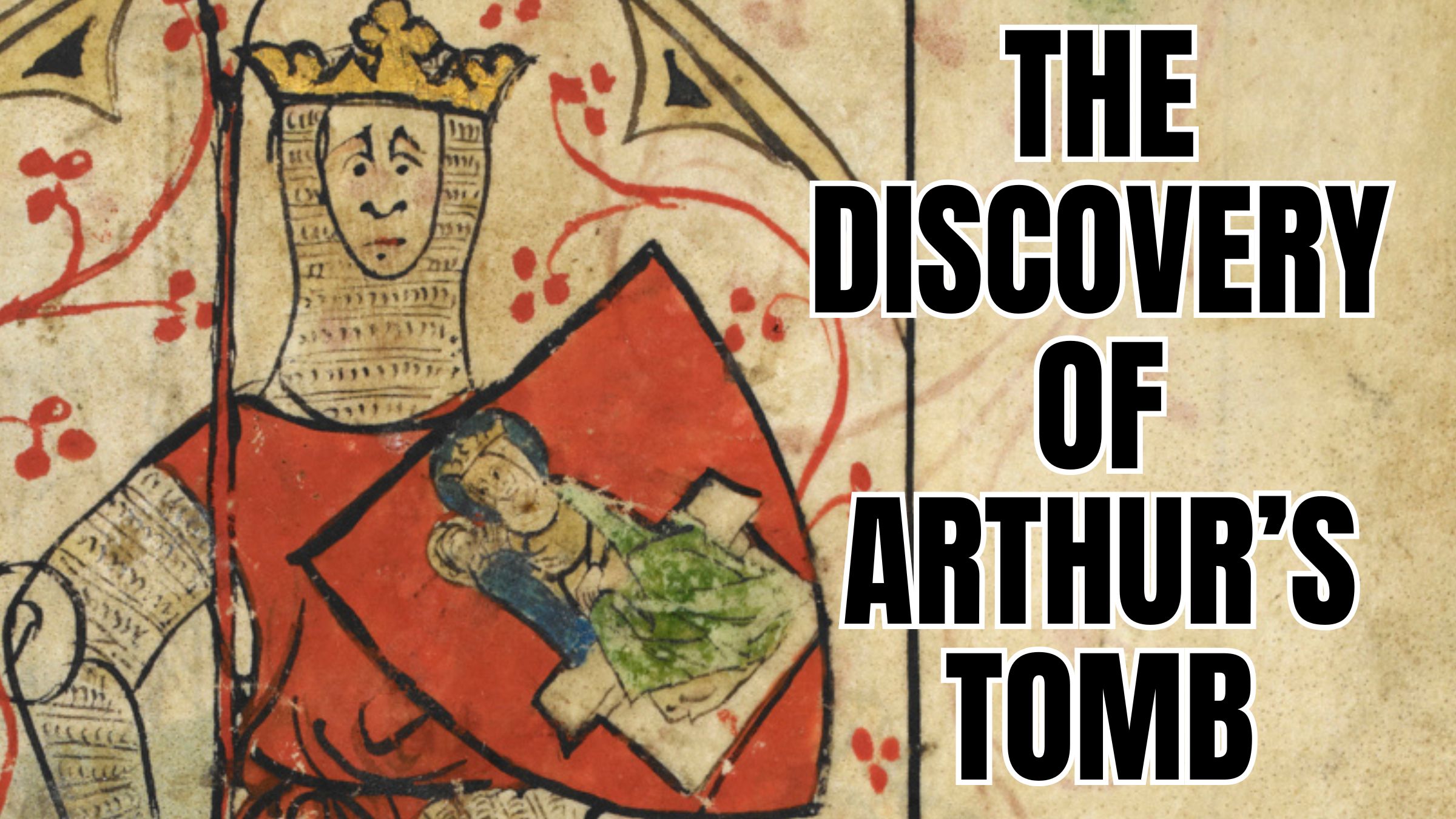
"The story is told by Gerald of Wales, the royal clerk and scholar who served King Henry II of England. He began writing De instructione principis around the year 1191, making it a part guide on how to be a ruler, and part history of Henry's reign. The work has interested historians as Gerald was in a good position to know of the inner workings of Henry's court as well as receive news coming in from around England."
"Gerald of Wales was an energetic churchman and writer whose works blended careful observation with a flair for the dramatic. His accounts of Ireland and Wales, for example, mix detailed description with marvels and exaggerations. While this makes him a vivid storyteller, it also raises questions about how literally his testimony should be taken. In the midst of a section on giving examples of praiseworthy rulers from the past, Gerald inserts a few paragraphs devoted to King Arthur"
Monks at Glastonbury Abbey claimed in the twelfth century to have uncovered King Arthur's bones, forging a tangible tie between the abbey and the Arthurian tradition. Gerald of Wales, a royal clerk and scholar who served King Henry II, reported the discovery around 1191 in the context of De instructione principis. Gerald combined careful observation with dramatic flourish, producing vivid accounts that mix detail with marvels and exaggerations and invite caution about literal accuracy. Geoffrey of Monmouth had earlier popularized Arthur in Historia regum Britanniae. Glastonbury already carried Christian legends such as Joseph of Arimathea and the Holy Grail, and the Arthur connection reinforced its prestige.
Read at Medievalists.net
Unable to calculate read time
Collection
[
|
...
]